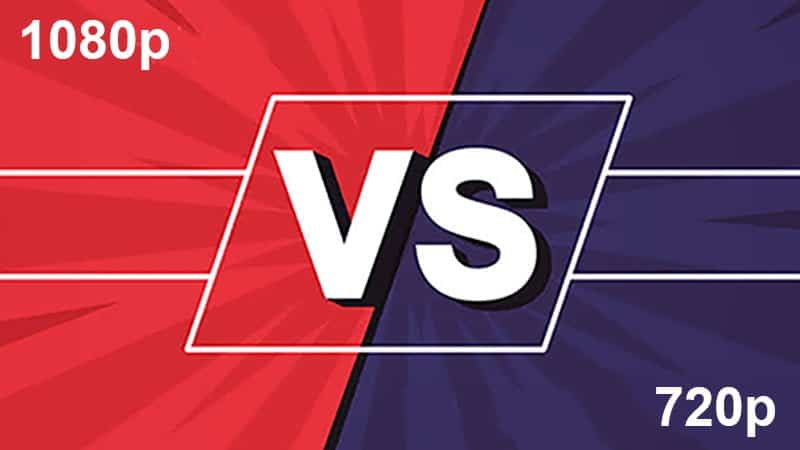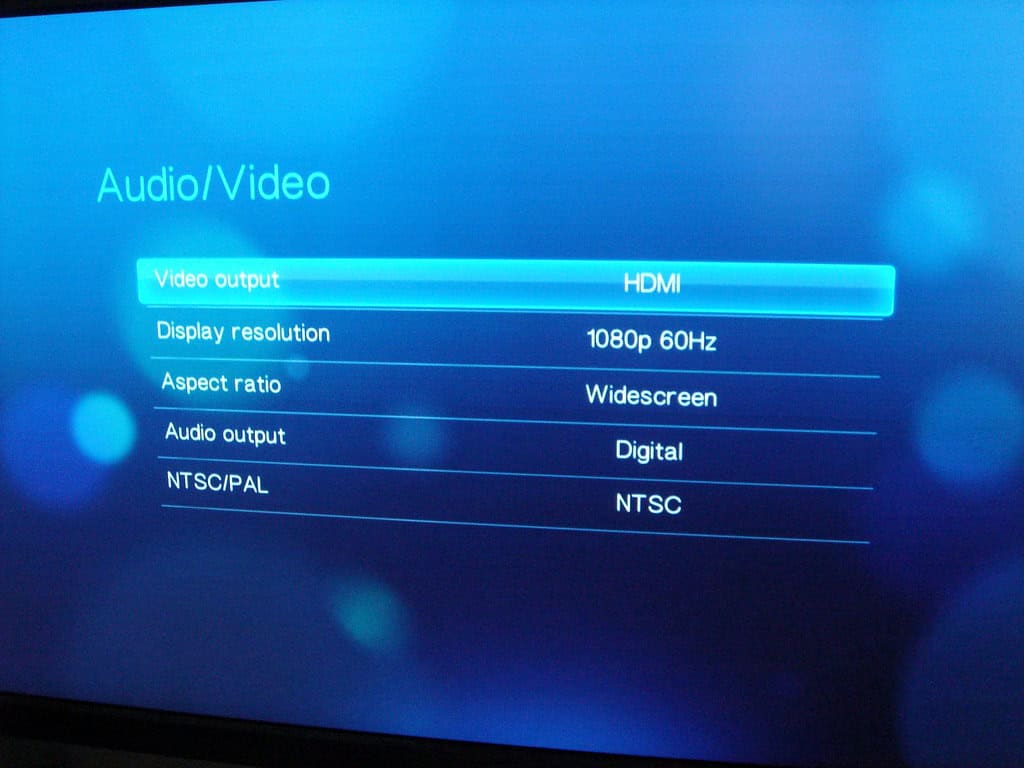The world of media is a significant user of photography and video creation. These sectors require high-resolution content that is going to be put to use. If the resolution of content or an image is higher, it has more intricate details that are easily visible and better appeal to people. On the flip side, low-resolution content can result in unclear or smudgy output, downgrading an image or video’s appeal to people. Thus, it becomes crucial to have good quality equipment to provide a high-resolution result.
1080p vs 720p
The main difference between 1080p and 720p is that the number of pixels in each resolution differs. Pixels are the small elements that combine to make an image on a screen. The numbers in the 1080p and 720p signify the screen’s vertical resolution. If the screen size remains unchanged, the quality will improve as the resolution’s number improves.

1080p refers to a display where 1080 pixels are vertically arranged, and 1920 pixels are arranged horizontally. Hence, in simpler terms, there are 1920×1080 pixels on the screen at a resolution of 1080p. 1080p is marketed as a screen with a full HD display and is known to have a better picture quality.
On the other hand, a resolution of 720p has 1280×720 pixels with 720 lines arranged horizontally on the screen. It is also known as a standard HD display and is commonly used in HDTV broadcasting, with 16:9 being the standard aspect ratio.
Comparison Table Between 1080p and 720p
| Parameters of Comparison | 1080p | 720p |
| Total pixels | 1920×1080 pixels | 1280×720 pixels |
| Picture quality | The quality of the content displayed on the screen is better since it has a higher number of pixels displayed. | The quality is lower than to 1080p due to the lower number of pixels present. |
| Size of the screen | The screens are comparatively bigger in terms of length due to a more significant number of pixels. | The screens are smaller due to the presence of fewer pixels. |
| Pixel count | The pixel count is 1080 arranged vertically. | The pixel count is 720 arranged vertically. |
| Uses | Used in Full High Definition and 4K displays. | Used in HD displays due to the lesser number of pixels present. |
What is 1080p?
1080p is an improved version of the screens that have come in the past. This is due to the higher number of pixels present. 1080 in 1080p is the number of pixels vertically arranged in this resolution.
The p here refers to Progressive Scan. It refers to how many pixels arranged horizontally or vertically appear on the screen when an image is displayed or a video is played. When an image is displayed progressively, the pixels arranged in rows appear one by one in a sequence. There are 1920×1080 pixels when a screen displays something, which means that there are 1920 pixels arranged horizontally and 1080 pixels arranged vertically.
The assortment in the 1080p resolution gives a better display and is majorly found in larger, wider screens. This provides a better resolution as a larger sum of pixels are arranged horizontally and vertically than the previous versions, such as 720p and 480p, to name a few.
A standard aspect ratio used in this resolution is 16:9; however, with the recent development, smaller screens can accommodate the 1080p assortment. As there are more pixels, more significant areas of pictures can be covered, resulting in better quality, so these screens are popularised as Full high definition owing to the clear and neat images they display. A typical example is when the quality of a video playing is changed to 1080p, an immediate change in the video’s visibility can be observed.

What is 720p?
720p, also called High definition, has 1280×720 pixels arranged horizontally and vertically. The quality of 720p is lower than 1080p due to the lower number of pixels present in the display. The 720 means that 720 scan lines are arranged horizontally, which will measure the display’s horizontal resolution. Screens with a 720p display also have a standard aspect ratio of 16:9.
It has an improved screening resolution than 480p or 240p. The screens with a resolution of 720p are wider than those with a display of 480p or 240p. Additionally, the greater number of pixels means that the quality of the content seen would be better. The screens allowing a greater definition of the image or video in 720p are called high-definition TVs.
The resolution of 720p is used in HDTV broadcasting firms. The frame rate is kept at 50 while broadcasting, which can be used on screens of 1080p resolution. These screens are cheaper than 1080p and are commonly used in video cameras and recorders.
Main Differences Between 1080p and 720p
- The total number of pixels in 1080p screens is 1920×1080, whereas 720p screens have 1280×720.
- The quality of the content displayed on the 1080p screen is better since it displays more pixels. On the other hand, The quality is lower than 1080p due to the fewer pixels present.
- In 1080p, the screens are comparatively bigger in length due to a more significant number of pixels, whereas, in 720p screens, the screens are smaller due to fewer pixels.
- The pixel count of 1080p is 1080 arranged vertically, and 720 arranged vertically that of 720p.
- A resolution of 1080p is used in Full High Definition and 4K displays. On the other hand, 720p is used in HD displays due to the lesser number of pixels present.
Conclusion
The quality of the content being displayed relies on the screen’s resolution. A higher resolution guarantees a better quality of content owing to the greater number of pixels on the screen. The definition and clarity of the content, which can be an image or a video, is also enhanced, resulting in greater consumer satisfaction.
Screens with a resolution of 1080p are the best screens available in the sector since they provide the highest resolution quality. The quality results from almost 2 million pixels on the screen with a division of 1920×1080.
720p is an improvement from 480p. It has a pixel count of 1280×720 and is still extensively used. Due to the fewer pixels and the quality of content being not as good as 1080p, they are more affordable, appealing to the masses. However, both screens are found to be significantly used.


























